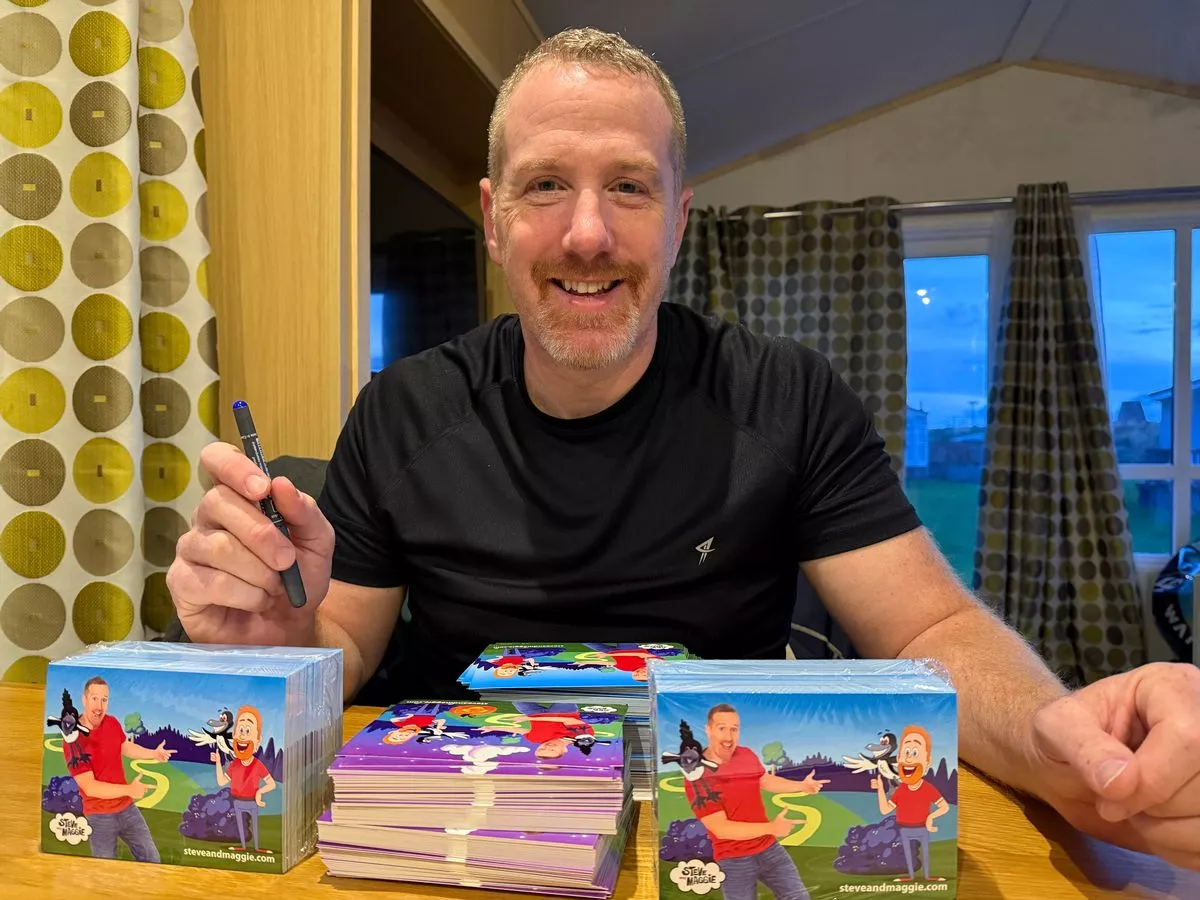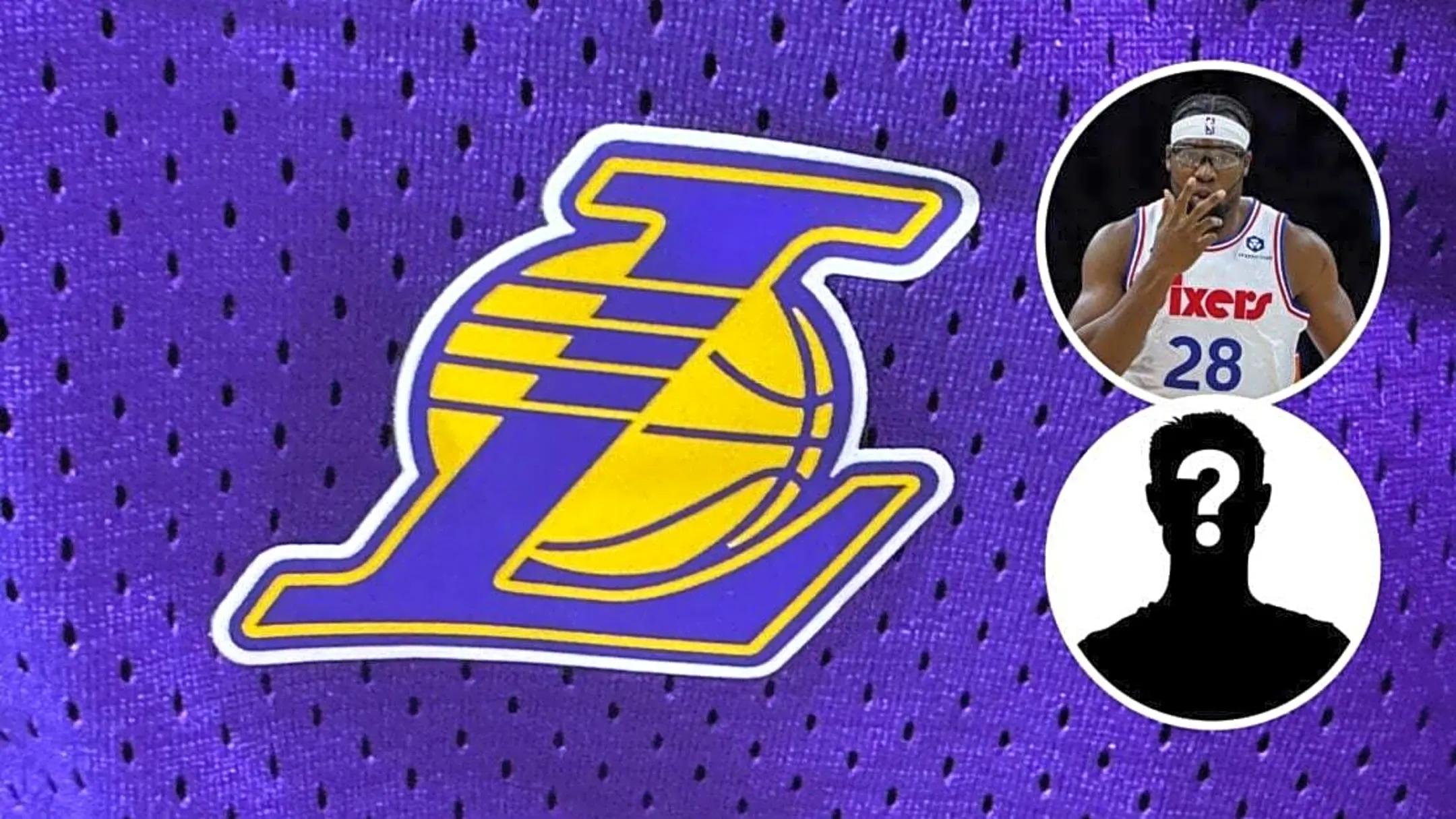By Ella Kipling
Copyright mirror

For anyone with children in their lives, the names Steve and Maggie probably ring a bell. The show, all about a man and his pet magpie, has reached millions of kids around the world and is streaming on platforms like Amazon Prime and YouTube , where its most watched video has 222 million views. The story behind Steve and Maggie , however, is unconventional to say the least. Instead of training as an actor or children’s television presenter, Steve Watts himself was a teacher who accidentally stumbled across a winning formula for educational entertainment. His journey, from England to Japan to the Czech Republic to millions of screens worldwide, all stemmed from his love of learning. While Steve went to study hydrology at university , he had always known that he was good at entertaining children from years of “learning magic tricks and funny faces” to make his younger cousins laugh. After graduating, he realised he wanted to travel and see more of the world, and ended up living in Asia for three years. Steve, who is now 46, took a teacher job in Japan, which involved intensive training in the UK beforehand. He said: “That way I could get to Japan and experience it, but also live it – I was actually living and working with Japanese people. I had a fantastic experience but it’s a long way from home.” It was at this point that Steve moved to Europe to be closer to his family, and found himself working at a bilingual kindergarten in the Czech Republic – which is where the story of Steve and Maggie starts. The kindergarten used a unique model which loosely represented a family structure and involved Steve speaking only English, while another teacher spoke Czech. The success of the school’s programme resulted in lots of publicity, Steve said: “The Czech Ministry of Education looked at what we were doing and said ‘can you write your methodology down and we will distribute it to all the other kindergartens across the Czech Republic,’” he explained. Steve made a series of videos explaining his teaching methods, which got sent out to hundreds of schools. However, “DVDs don’t survive very long in kindergartens, they get scratched or lost or used as frisbees”, which is when Steve decided to share the videos on YouTube instead. What was only intended to be seen by other teachers, suddenly went viral. He said: “After a while, we started noticing we were getting a lot of people in the UK and America watching, and actually there’s a lot of people watching.” The learning factor is what drew people in, Steve thinks, saying: “The kids saw that it’s fun and the parents saw that it’s educational – so we were happy to have that mix.” When it came to adding an animal into the show, Steve had to think long and hard about what would work. He explained: “We were doing green screen work and were looking for a character that could be in it. You’ve got a problem of where it is on the green screen – if you’ve got a cat or a dog you’ve got to be down at their level. If you’re flying an airplane or helicopter, how can the cat come and go?” Hence, the idea of a bird seemed perfect. Steve said: “Parrots have a lot of green in them so we can’t use that in a green screen studio.” When the team realised that a magpie would be the best fit, the naming part came much easier as Steve was reminded of what his grandmother used to say when he was a child. “Magpies are sometimes naughty, I remember my grandma would always tell me ‘we have Maggie magpies in the garden’,” he reflected. While he may not have the same background as other children’s presenters, Steve feels his unconventional route may actually be the secret to his success. His scientific background, he says, helps him to be more methodical with his lesson. He explained: “It’s important to mix energy levels in a show – if it’s all high energy then the children are going to become hyperactive and go crazy, but if it’s all low energy then they lose concentration.” Steve said the team puts out two or three clips a month, as each video “takes a lot longer to put together than you would think”. He said: “We’re going full green screen, it’s all original artwork, its original songs.” His own life has inspired many of his videos, including his ultra-popular potty training videos. Teaching his own child to use the toilet sparked an idea for a storyline, which resulted in Maggie the magpie learning herself. Steve gets a lot of video requests from parents, and if he isn’t asked to sing happy birthday, they usually want him to sing “Put Your Botty On The Potty”. Steve’s most-watched videos are his Halloween songs and stories, which also came from his parenting experiences. His daughter “was a bit scared of Halloween” and he needed to find a way to show that “it’s not real, it’s just people dressing up”. All of Steve’s Halloween videos therefore show that “it’s Maggie tricking Steve and the monsters are not real”. The Steve and Maggie brand now goes beyond the show and fans can buy branded books, toys, and even a plush doll of Steve. The show can be watched in multiple different languages and streams on Prime Video, Tubi, Happy kids, NBC, Kidoodle TV and Roku – and children can also listen along on Amazon Music, YouTube Music, Spotify, and Apple Music. Steve remembers the moment it hit home just how big his brand was. He was walking through London with his mother when a woman came running up to Steve and told him that her daughter loved his show. “It was a big surprise for my mum to see that people watched Steve and Maggie , because we’re not on terrestrial TV,” he said. Children can learn from Steve and Maggie videos by listening to the stories and repeating after Steve. They copy his gestures, answer questions and improve their language skills through picking up words and phrases “set into the context of everyday life”. Despite the show’s huge viewership, this is still at the core of what the show is about, and Steve insisted: “I always say, we’re silly, not stupid.”



